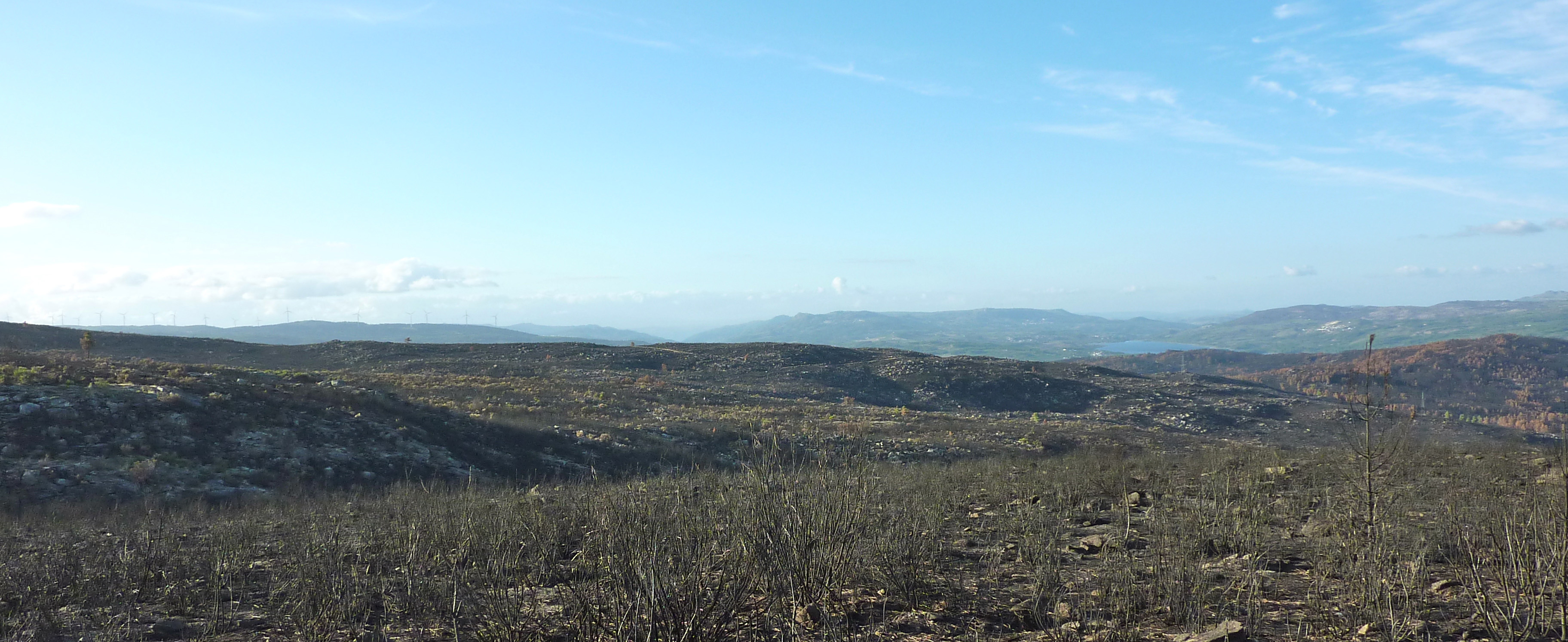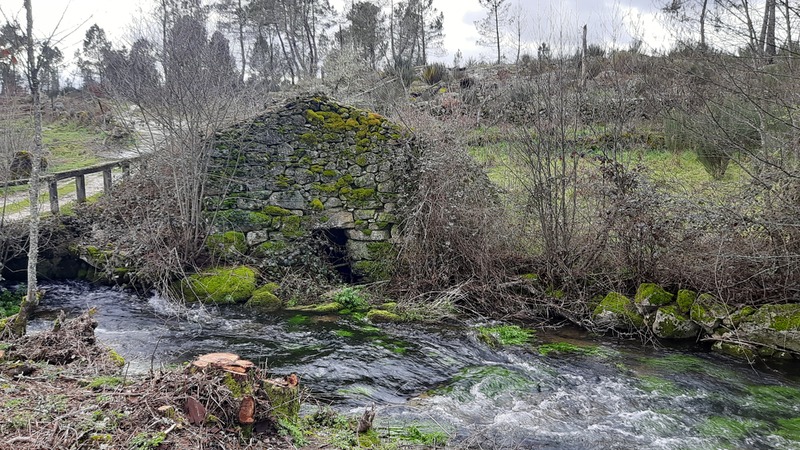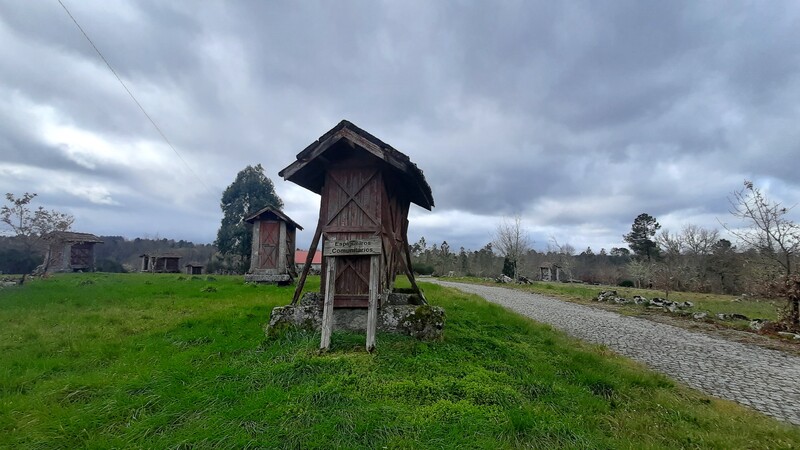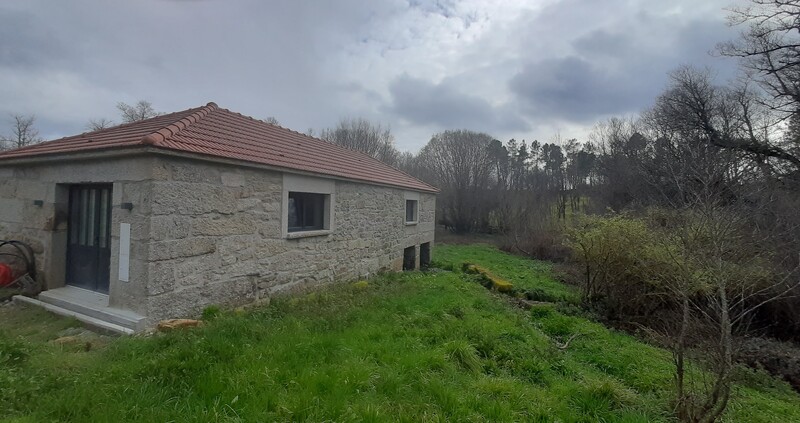Notas de campo #11: finalização do trabalho de campo nas serras de Lapa e Nave | Field notes #11: finalizing the fieldwork in Lapa and Nave mountains | mar 2024
- Título | Title
- Notas de campo #11: finalização do trabalho de campo nas serras de Lapa e Nave | Field notes #11: finalizing the fieldwork in Lapa and Nave mountains | mar 2024
- Data | Date
- 4/03/2024
- Notícia | News
-
O trabalho de campo nas serras da Lapa e Nave encerrou com um dia passado em Segões (Moimenta da Beira), logo no início de março. Alguns residentes guiaram-nos aos lugares e às memórias onde, naquela aldeia, terra, água e fogo se conetavam para produzir pão, o alimento que era a base de sustento de uma população camponesa maioritariamente pobre, em meados do século passado. A aldeia preserva ainda vários moinhos (em diferentes estados de conservação), eiras com canastros e o forno comunitário. Estes lugares, onde outrora se guardavam espigas e se transformava grão em farinha e farinha em pão são lugares de memória de um tempo onde o fogo era "amigo", mas também a principal ameaça ao sustento dos mais pobres quando, inesperadamente, se acendia na eira. Hoje, as terras onde se cultivava centeio e milho ganharam outras funções e estes locais de conservação e transformação do cereal são essencialmente usados para fins recreativos e turísticos, enquanto ajudam a população a preservar a memória de outros tempos. O fogo, esse, deslocou-se para a floresta e tornou-se um inimigo tout court. O trabalho de recolha oral permitiu-nos aprofundar o conhecimento sobre as perceções do fogo nas memórias individuais e coletivas. Verificámos que as recordações imediatas e traumatizantes dos últimos fogos em floresta e mato levam a desvalorizar e, por vezes, a esquecer os incêndios mais antigos.
The fieldwork in the Lapa and Nave mountains was concluded with a day spent in Segões (Moimenta da Beira) in early March. Some residents guided us to the places and memories where, in that village, soil, water and fire were connected to produce bread, that was the basis of sustenance for a mostly poor peasant population in the middle of the last century. The village still preserves several mills (in different states of preservation), threshing floors with granaries and the community oven. These places, where ears of corn were once stored and grain was turned into flour and flour into bread, are places of memory of a time when fire was a "friend", but also the main threat to the livelihood of the poorest when it unexpectedly ignited on the threshing floor. Today, the lands where rye and corn were grown have taken on other functions and these places where grain was preserved and processed are essentially used for recreational and tourist purposes, while helping the population to preserve the memory of other times. Fire has moved into the forest and has become an enemy tout court. The oral collection work allowed us to deepen our knowledge of the perceptions of fire in individual and collective memories. We found that the immediate and traumatizing memories of the most recent forest and bush fires lead people to undervalue and sometimes forget the older fires.

Serra da Lapa, 6 de agosto de 2020



